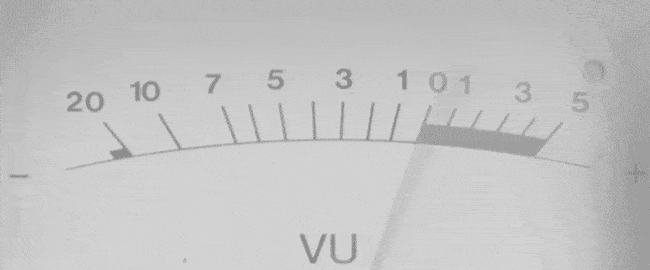
It absolutely makes sense that YouTube Vanced is not long for this world. A custom Android variant of the YouTube app that removed advertising among other things, was likely to run directly into Google’s business interests in a dramatic way. And it did.
https://twitter.com/YTVanced/status/1503052250268286980
But nonetheless, the fact that it happened is still deeply disappointing, because of what it says about YouTube, a platform that a whole lot of people use for a whole lot of reasons.
To be fair, YouTube Vanced added a lot of features, for free, that YouTube generally charges for, including the aforementioned advertising feature. But it also added features that users actually wanted—for example, a deep-black mode that users with AMOLED phones generally liked, along with the ability to revive dislikes from the application.
But even with those additions, creators really struggled with YouTube Vanced. When Linus Tech Tips founder Linus Sebastian discussed methods to bring back the dislike button last year, he primarily focused on solutions that worked through the web interface, before pointing out that YouTube Vanced could probably do it … even if, in this particular case, the app that could “hurt my livelihood as well as those of my employees and my fellow creators” was an “unlikely ally” on this one specific issue.
“It doesn’t help anyone that wants to use a mobile app for YouTube, unless this is the straw that finally breaks my back and makes me install YouTube Vanced,” he said. “Yeah, I went there.”
(YouTube Vanced recently added the feature to its app. Maybe that was the last straw?)
I think that the fact that Linus even has to broach the idea of using an app like this that actively goes out of its way to remove advertising and make premium features free (while also directly threatening his business model) points at a real issue for people who use mobile apps—often, the apps are defined by the companies that distribute them, whereas on the web, end users have much more flexibility to shape the experience for themselves.
That may seem like a small thing, but in many ways, it reflects a problem that mobile platforms perhaps haven’t done enough to resolve, and one that is reflected in phenomena such as jailbreaking. It’s not that the default app is bad, necessarily … but more that the default app is just the default app. Some users want customization, and the only way for them to get it, in many cases, is by running sketchy apps like YouTube Vanced.
Then again, you may not get a choice: I am actually a subscriber to YouTube’s premium service, but because I couldn’t get Google Play Services to run on my JingPad, YouTube Vanced was my only good option for getting a native YouTube app for this unusual tablet, which supported Android but was primarily a Linux device.
(And how did Apple get people to stop jailbreaking their phones so often? Easy—it started integrating features that made users jailbreak their phones, like mobile hotspots and alternate keyboards.)
The truth is that the customization gets uncomfortably close to the elements that often feel like piracy, and companies like Google could avoid those problems if they gave their users an experience that was more flexible … and yes, that goes beyond Android 12’s theming.
If Google wants to avoid headaches like YouTube Vanced, it needs to make YouTube’s app as customizable under the hood as Android itself is. Otherwise, the next YouTube Vanced is coming soon.
Time limit given ⏲: 30 minutes
Time left on clock ⏲: 29 seconds



